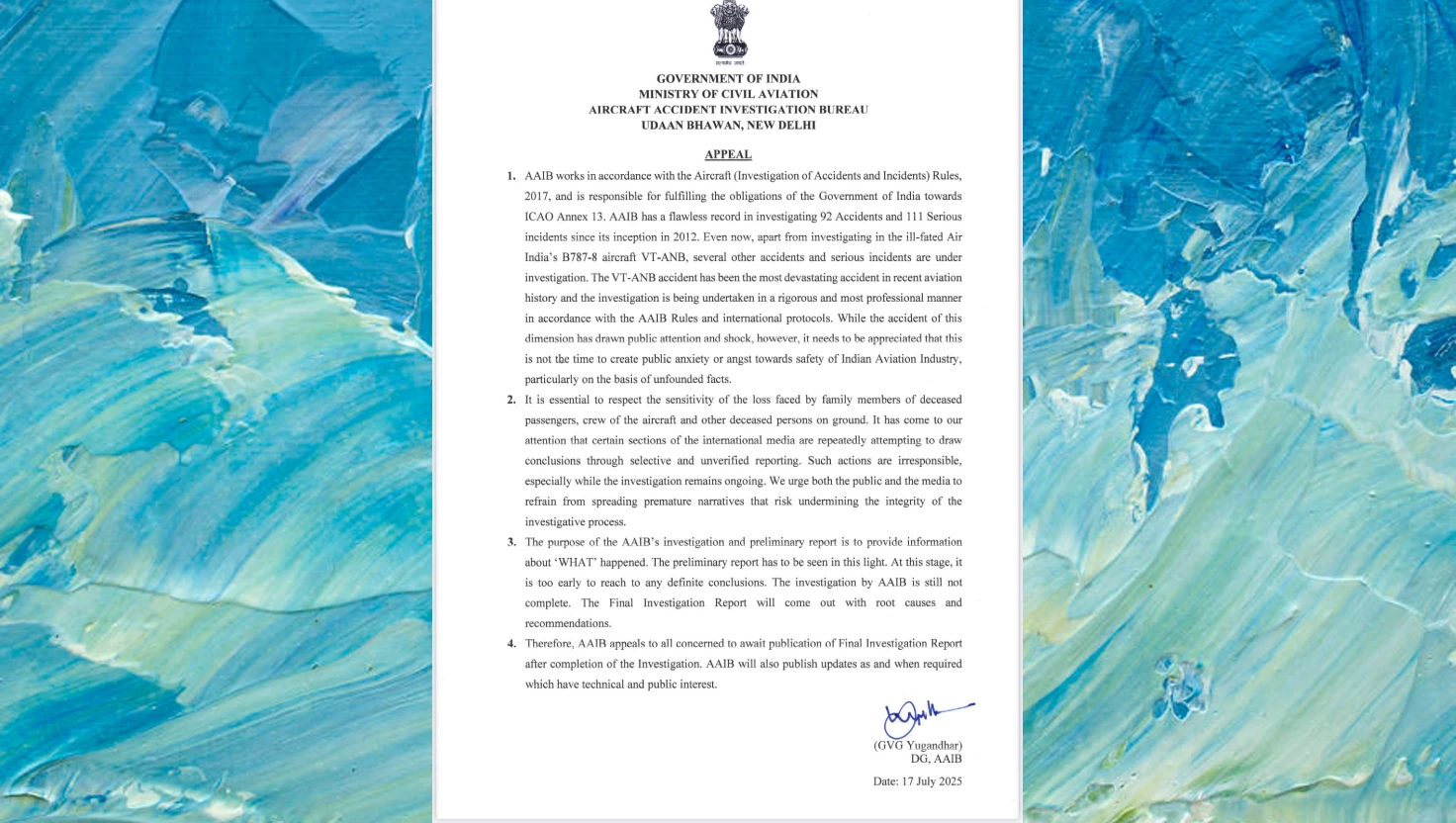Hyundai Motor India Q4 Results: Profit Set to Fall Amid Flat Sales and Rising Competition

Representational image
Hyundai Motor India Q4 FY25 earnings are expected to show a decline in profit and revenue, as competition and weak domestic demand weigh on performance.
Hyundai Motor India is expected to report a drop in profit and revenue for the fourth quarter of the 2025 financial year, as slowing domestic sales and intensifying competition challenge the carmaker’s market position.
The Indian subsidiary of South Korea-based Hyundai Motor Company will release its earnings for the January to March quarter on 16 May, marking its second quarterly results since its stock market debut in October 2024. Analysts and investors are watching closely, with expectations of subdued financial performance despite stronger export figures.
Slowing Sales and Pressure on Margins
According to Bloomberg estimates based on a poll of 14 analysts, Hyundai Motor India’s net profit for Q4 FY25 is projected to decline 21% year-on-year to Rs 1,332 crore. Revenue is also forecast to fall by 1.8% to Rs 17,349 crore compared to the same quarter last year. This would mark the second consecutive quarter of declining revenue since the company went public.
Sales volume also weakened. Hyundai sold 191,700 passenger vehicles during the quarter, down 1.1% from the previous year, according to industry data. The company’s domestic performance declined by 4% year-on-year, partially offset by a 14% rise in exports.
“Hyundai posted a 1% YoY decline in volumes in Q4. Strong growth in exports helped to offset the weakness in domestic markets,” analysts at Motilal Oswal Financial Services said in an April research note.
Hyundai’s earnings before interest, taxes, depreciation, and amortisation (EBITDA) margin is estimated to contract by 190 basis points to 12.1%. Analysts attribute the decline in margins to subdued sales and increased spending on electric vehicle (EV) development—a segment that remains loss-making.
Stock Performance and Market Standing
Since its listing in October 2024, Hyundai Motor India’s share price has gained just 0.5%, significantly underperforming its sector. While the Nifty Auto index has fallen by 4% over the same period, Hyundai shares have also lagged broader expectations, trading approximately 5.4% below their listing price.
Earlier in 2025, the stock reached a 52-week low of Rs 1,541 but rebounded by nearly 19% in the following two months. Analysts suggest that this recovery was driven by optimism around Q4 earnings, though questions remain over the company’s ability to sustain growth.
Hyundai Motor India is the country’s third-largest passenger vehicle manufacturer. In FY25, the company recorded a marginal 0.6% decline in sales to 559,149 units. Rival Mahindra & Mahindra saw a 20% surge in sales to 512,626 units, while Tata Motors experienced a slight decline of 0.7%, selling 535,960 cars.
Despite maintaining the second position in overall passenger vehicle sales during FY25, Hyundai slipped to fourth place in April 2025, with 44,314 units sold. Mahindra moved ahead with 52,330 units sold in the same month.
Strong Export Performance Amid Domestic Weakness
Hyundai continues to perform well in overseas markets. The company reported a 16% year-on-year rise in exports for Q4 FY25 and a 21.5% increase in April 2025 over the same month last year. Total monthly sales in April 2025 reached 60,774 units, including 44,374 units sold domestically and 16,400 exported.
Since its entry into the Indian market in 1998, Hyundai Motor India has sold over 9 million vehicles domestically and 12.7 million units globally, including 3.7 million exports.
Electric Vehicle Strategy and Challenges
EV development remains a key focus area for Hyundai in India. The Creta EV, introduced in January 2025, contributed to a 30% rise in electric vehicle sales, totalling 2,410 units for the fiscal year.
However, the company’s overall market share in the electric four-wheeler segment stands at just 5.5%, one of the lowest among major players. Hyundai has announced plans for EVs to comprise 10% of total Creta sales but has yet to provide detailed roadmaps for expanding EV adoption or improving profitability in the segment.
Rising investment in electric mobility is also weighing on the company’s margins, as analysts point out the long gestation period for returns from EV operations.
Demand Outlook and Investor Expectations
The outlook for India’s car market remains mixed. While some companies such as Mahindra report strong demand, others like Maruti Suzuki remain cautious about near-term growth. Rising vehicle prices—hiked by most automakers this year by 1% to 4%—could further dampen consumer sentiment.
Investors are keenly awaiting Hyundai’s commentary on rural versus urban demand trends and its strategy to address falling domestic sales. Particular attention is expected to focus on how the carmaker intends to compete in the fast-growing SUV segment, where Mahindra has posted double-digit growth.
SUVs currently make up around 68% of Hyundai India’s total sales, with the Creta model being a top performer. Analysts say the company's ability to hold its ground in this highly competitive segment will be crucial to its overall recovery.
Shifting Market Dynamics in India’s Auto Sector
Hyundai Motor India has long been a major player in the country’s automotive sector, known for its reliable mid-sized vehicles and extensive dealer network. However, the competitive landscape is rapidly evolving, with homegrown firms such as Tata Motors and Mahindra & Mahindra making aggressive gains.
The electric vehicle transition further complicates the picture. While the Indian government continues to push for EV adoption through incentives and infrastructure development, consumer uptake remains limited, largely confined to urban centres.
As Hyundai prepares to report its latest quarterly earnings, it faces mounting pressure not only to reassure investors but also to demonstrate a clear path forward in a changing market.

Reliance Retail acquires Kelvinator, The Coolest One
Reliance Retail has purchased the Kelvinator brand from Electrolux for nearly ₹160 crore, aiming to strengthen its position in India's consumer durables market.
| 2025-07-19

Saiyyara has shattered every myth about launching newcomers. No big names, no big PR
Madhur Bhandarkar praises debut film 'Saiyaara' for its raw talent and storytelling, marking a shift in Bollywood's approach to newcomers.
| 2025-07-19

India slams reports blaming pilots for Air India crash
India's AAIB disputes US media assertions regarding Air India AI 171 crash, highlighting ongoing investigation and sensitivity towards victims' families.
| 2025-07-18

India Secures Four-Wicket Win in ODI Series Opener Against England
India achieves a four-wicket victory over England in the ODI series opener, led by Deepti Sharma's unbeaten 62 runs.
| 2025-07-17

Air India inspection claims no problems found with Boeing 787 fuel control switches
Air India has conducted thorough inspections of its Boeing 787 fuel control switches, reporting no problems following a DGCA directive.
| 2025-07-17




